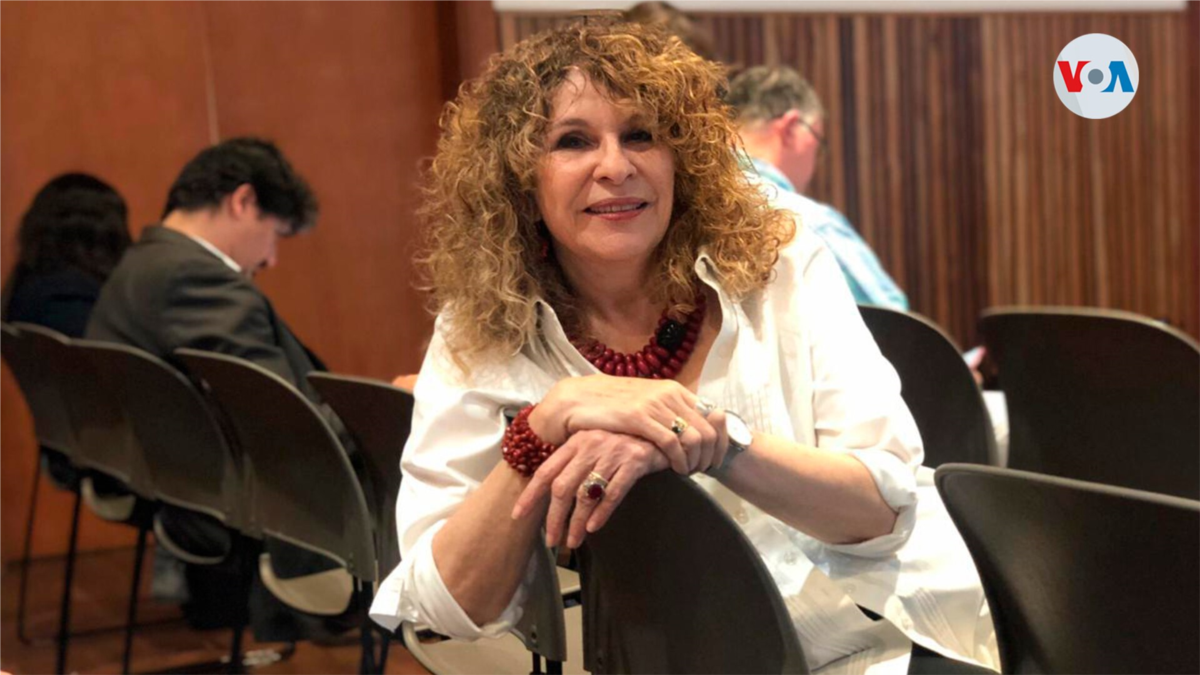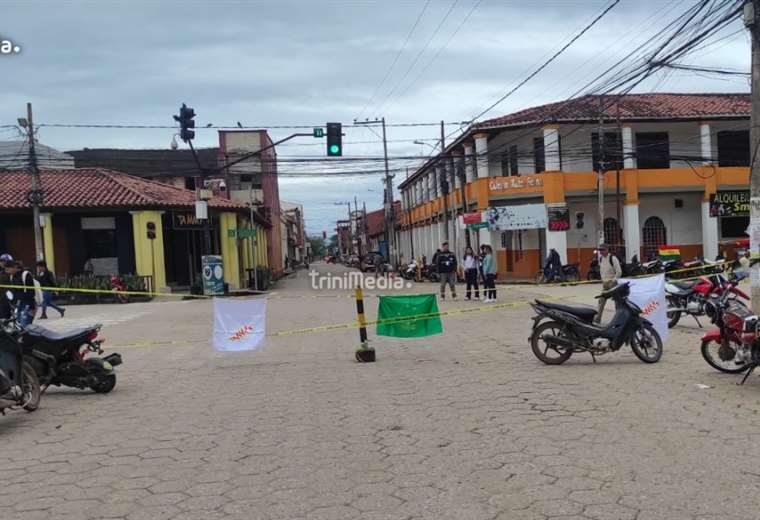Havana Cuba. – I have a certain vocation for making associations between events of mundane life with singular events in history, the same from the great history as from the minor history, and that vocation awakens in me now, after the official Cuban speech a few days ago will remember with great fanfare the departure of the assailants from the Model Prison to the Moncada Barracks.
And the truth is that the insistence of the Cuban power in giving so much importance to the departure of Fidel Castro, and his minions, from the Modelo Prison, is already tiring me. I am mortified by this enormous effort to do the same thing every year: to praise that date on which some criminals who were locked up in the Model Prison were released after a very brief stay.
Every year the same. Every May exalts the release of criminals who assaulted a barracks in Santiago de Cuba; but I cannot deny the utility that this obsession with power also offers me every year to make visible the departure of these men.
I always look at those photos that show the criminals at that moment in which they return to freedom. Many times we have already seen those images in which Fidel Castro and his gang appear leaving the prison; all dressed up and, at least outwardly, not grieved at all. They even look smiling, after breathing the air of “freedom again”, the one that Batista gave to those who assaulted the most important military fortress in all of eastern Cuba.
And Batista had already dedicated some condescensions to the criminals. The first corporal was seen in the trial that followed the assault on the Moncada barracks, but the most remarkable thing would be that trial in which the assailants, but especially the criminal in chief, were allowed to unleash their enormous egomania throughout the entire process. .
Batista allowed Fidel to defend himself, to make a speech, and even allowed journalists to enter. And among those journalists was a martha rojasthanks to whom the truth that suited Fidel Castro is known.
And years after the events, right now, some evidence, some letters and photographs are once again visible and make us think of that confinement that had the appearance of a panacea. The proofs that this was the case would be given by Fidel Castro himself, in letters to friends and relatives. In those letters, which were later made public, the criminal makes us note that he himself cooked very frequently.
Fidel, the prisoner, cooked “ambrosias and raspberries”, as a very dear friend would say. Fidel Castro received supplies from outside, and even inside the prison he could get some delicatessen. So abundant were the assortments that today they would cause, in the vast majority of Cubans, a profuse salivation, that salivation that doctors usually call sialorrhea.
Undoubtedly, Fidel’s stay in jail today has the appearance of paradise. It would suffice to look at those images that set the moment of leaving the prison, that exit after a very brief stay, a stay that lasted as long as a good vacation lasts. It would suffice to look at the photographs that bear witness to his release from prison.
It would suffice to look at the suitcases that the criminals carried when they left the prison, and the suits with which they covered their bodies, and the ties that the wind flapped. We have been able to see all of this in the images that the official discourse has endeavored to convert into icons of the “Cuban Revolution”. And it is that they try to make these images iconic. Make them look like the “Phrygian cap” of what they still call the “Cuban Revolution.”
Perhaps it is thanks to the visibility that these images of Fidel and the others still have that I think endlessly about the way in which he will get out of prison. Luis Manuel Otero Alcantara, Maykel Osorbo, and many, many more. And I can’t stop wondering if they will allow us to honor those brave men after their release. Can we be there, close, and waiting for them?
What will be the face of José Daniel Ferrer? Will any of us be able to turn on the cell phone to take photos and then divulge the departure of those brave men? What will be Maykel’s mood? What will Luis Manuel do on the way out? Will they let him be covered with the flag that is his homeland? How will we celebrate the release of these heroic boys?
I like to imagine grateful crowds going to meet the prisoners, but immediately reality, and the communist government, manage to make those probabilities that I was assuming disappear, and even reinforce the certainty that Batista was “a child of the breast” if is that he is compared to the communists who today, and for more than 60 years, have held power on this Island.
Fidel was, at his whim and that of his faithful subjects, the icon in chief, and for that he was accompanied by photographers everywhere; And if this collection of images of Fidel is incomplete in some way, it is in the fact that, at least as far as I know, he did not have himself photographed while he left his stool on the toilet bowl.
Fidel Castro believed that his shoulder could reconcile Haydée with life, after the death of her brother, but it was not like that. Haydée ended up shooting herself because she couldn’t find peace, not even on the shoulder of the villain in chief. And looking at the photos of Fidel Castro leaving the Model Prison, and noting the enormous dissemination that the powerful decided for them, I wonder if he did not think of all the inconvenience that so much visibility could result later.
Undoubtedly, Fidel Castro did not think about everything he would do in the future to stay in power. Perhaps Castro did not even imagine the many arrests and confinements that he and his government would promote, without a doubt many more than those promoted by the Batista police and the army. It would be enough to take a sidelong glance to understand the truth of the Cuban prison after the assault on Moncada.
Some young men assault a military fortress and serve a very small sentence that turned out to be a panacea. And what happened next? Then the prison population would get bigger. And also Fidel’s stubbornness in making himself more and more visible. We saw Fidel dribbling the basketball, which he then scored. Fidel was seen everywhere, and everywhere was the camera, the television camera.
Fidel had his cohort of photographers, so even after his death we can see him everywhere. This is how they want us to see him, and also that we remember his prison, without recognizing that these images are not convenient.
From now on it will be necessary to return more frequently to those days, and look at them in all their details. Batista was not good, but he did not confront those who, in Batabanó, and later in Havana, received the assailants. Batista did not prevent Haydée and Melba from being at the reception, he did not order the police to prevent these women from traveling to the Isle of Pines. No authority from the Model Prison prevented the shutters of the cameras from being pressed to capture images of one of the most famous thugs in history at the moment he leaves prison after a very brief stay.
Those images let us see some smiling criminals. Only Haydée Santamaría seems to carry everyone’s sadness, perhaps the same sadness as hers, with some additions, which later led her to shoot herself. In those images of leaving the prison, the sinister meets the cheesy, the unlucky with the presumptuous. In these images is the future power elite, the one that carries on its shoulders the weight of many deaths.
And lately, whenever I think of Fidel’s prison, Luis Manuel Otero Alcántara and Maykel Osorbo also come to mind. Whenever I see these images I wonder if the relatives of political prisoners will be able to receive their relatives outside their prisons? Will a journalist take photos to publish them later in Granma? will they say something Granma and rebel youthhe All-Star Television Newscast? Will we find out something?
Will Maykel and Luis Manuel make it out alive? When will the many political prisoners scattered throughout the Island be released? Can we receive them? Can we hug them and bow to them? What will be the most iconic images in the future of the country? Will we, who are no longer young, have a future without those false icons? Shall we bow to today’s prisoners? And, by then, will we have learned anything?
OPINION ARTICLE
The opinions expressed in this article are the sole responsibility of the person who issues them and do not necessarily represent the opinion of CubaNet.





